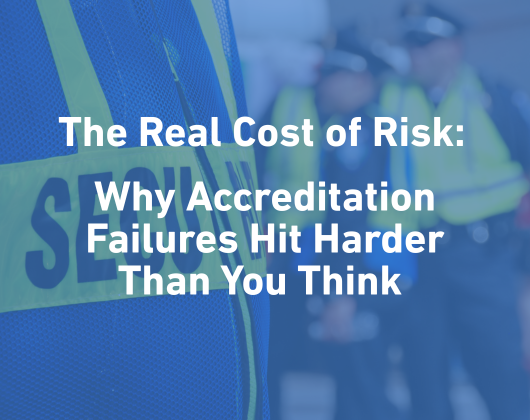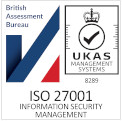Well I can’t sugar-coat it, the sporting and live events industry is up against it. But one of the reasons why I have loved the last 20+ years spent working in the events business, is that the people that work in these industries are resilient and problem solvers.
They are always looking for a solution and working with our clients in recent weeks to explore the ways in which we can use our existing platform (with a tweak here or there) to help them confidently plan for a new kind of event season has been a really interesting experience. Without a doubt it will be a long time until we see things return to normal, so now our challenge, which we face is to establish a new normal and to work with them to establish how we can harness our technology to support them with the huge operational challenges this presents.
We’ve pulled some of these requirements together, and here are a few ways that your accreditation procedure can be adapted to track your workforce, contractors, media and broadcasters, keep symptomatic people out of your events, shield the vulnerable and manage new venue capacities; restrict access to areas, and trace who has been in close proximity if there is a reported case.
1 Collect useful information
You might want to know if your workers have knowingly been in close contact with someone who has had the virus, undertaken international travel, are symptomatic, visited a high-risk area, or have already tested positive. Add these questions and request temperature readings, medical information and documents to your application forms, allowing you to reject those that may pose a health risk.
2 Invitations and notifications
Send out invitations and notifications to your workforce and contractors to submit certain information daily, to communicate detailed instructions for the event such as procedures they need to follow at the venue, and any inductions they need to undertake prior to arrival.
3 Issue certificates of immunity
If the government deems that an immunity certificate or a health passport is the way forward and someone has already tested positive for antibodies, then you can add this information into the person’s record and add an icon to their badge, or issue a certificate of immunity to confirm they are not a COVID-19 threat.
4 Track and trace with access control
Scan all passes with an access control solution at each control point to give you a record of exactly who has been where and at what time – vital if someone at the event tests positive and you need to trace those with whom they have been in close contact.
5 Manage capacities
Social distancing may mean you have to limit the number of people you have in particular areas, set strict access zones and put a limit on the number of applications that can be approved for each area to avoid overcrowding. Set access by groups so only people who need to be in the areas are, and link this with access control scanning to control movement and adhere to social distancing rules.





![EAS-Accredit-300dpi[22]](https://www.accredit-solutions.com/wp-content/uploads/2024/01/EAS-Accredit-300dpi22-300x156.png)

